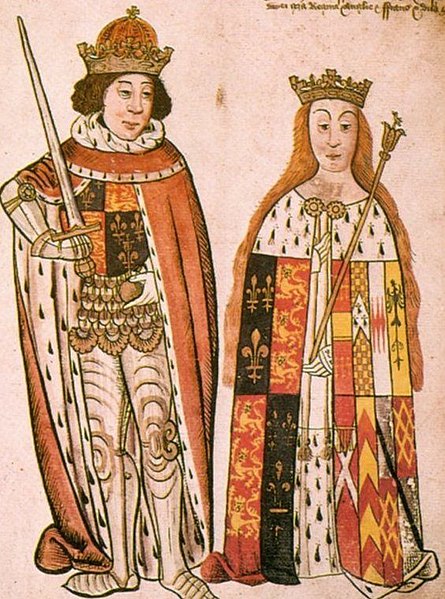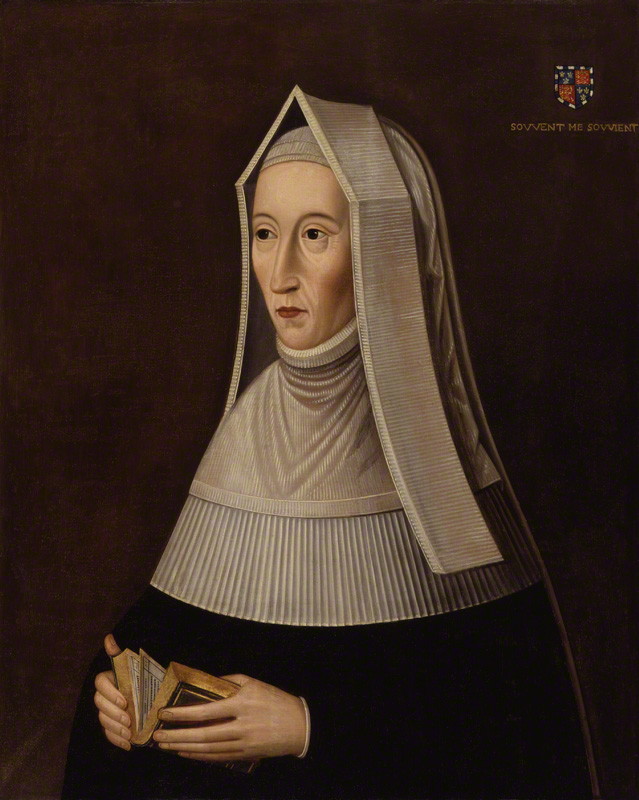

If you think your family is quarrelsome, spare a thought for the Royal family. No, not the present one. I’m talking about the medieval Royal family who took falling out to a whole new level.
It all began following the death of Edward III in 1377 and a whole host of descendants who thought they had the best claim to the crown. The reign of Henry VI (1421-1471) proved the catalyst for what later became known as the War of the Roses and from this ruckus I would like to introduce you to Anne Neville.
Anne has been the subject of numerous books, novels, plays and films so there is probably little I can tell you that you don’t already know, but she does sometimes get lost among the bigger, male characters in the bloody story of the period.

Queen Anne from an engraving by Edward Harding Jnr pub. 1793
Anne was born at Warwick Castle on June 11, 1456, the second daughter of Richard Neville, Earl of Warwick and Anne Beauchamp. Richard is famously remembered as ‘the Kingmaker’. He married his eldest daughter Isabella to George, Duke of Clarence, from the House of York and King Edward IV’s brother and then looked around for a likely bridegroom for his younger daughter Anne. This time he turned to the House of Lancaster and King Henry VI’s son Edward, Prince of Wales. (Complicated isn’t it – Christmas must have been a nightmare!). Unfortunately Richard Neville changed sides one too many times and eventually no one trusted him. He was eventually killed on the battlefield at the Battle of Barnet in 1471.
But to get back to Anne. Her first wedding is believed to have taken place on December 13, 1470 at Angers Cathedral. Anne would have been barely 14 years old, which seems extraordinarily young to us but these were desperate times for the Royals and such matters needed sorting out quickly. The marriage didn’t last long as Anne’s husband, the seventeen year old Edward, was killed at the Battle of Tewkesbury in 1471, leaving Anne in a perilous situation. She was taken prisoner after Tewkesbury and held first at Coventry before being put into the care of her brother in law George, Duke of Clarence.
Anne was quickly back on the marriage market but with her father dead, her fate would be decided by George. Enter Richard, Duke of Gloucester, George’s brother, who had fallen in love, not with Anne’s beauty or personality, but with the fortune she had inherited from her parents’. The couple were married on July 12, 1472 in either Westminster Abbey or St. Stephen’s Chapel, Westminster and a son, Edward of Middleham, was born sometime between 1473 and 1476 (opinions vary).
With all obstacles removed (including those Princes in the Tower) Richard claimed the throne and the couple were crowned at Westminster Abbey on July 6, 1483. The story goes that the couple walked barefoot on a carpet of red cloth from Westminster Hall to the Abbey with Margaret Beaufort carrying Anne’s sumptuous train. One account says that the couple processed to the High Altar where they stripped naked to the waist to be anointed on the head, hands and heart, after which they were covered in a cloth of gold.

The coronation of King Richard III and Queen Anne
But of course it wasn’t a happy ever after ending for either of them. Their only son died in 1484 and it seemed unlikely Anne would produce another heir – the proverbial problem for a King. Was Richard turning his sights on his niece, Elizabeth, the daughter of his dead brother Edward when his wife suddenly died? Many accused Richard of poisoning Anne but it is more likely that she died of tuberculosis, which would explain her frail health.
Anne died on March 16, 1485 at the Palace of Westminster. She was 28 years old. She was buried in Westminster Abbey on the southern side of the Abbey’s High Altar and for almost 500 years her burial place was unmarked until in 1960 when the Richard III Society erected a plaque on the site. Perhaps events had rather overtaken Richard who was himself killed at the Battle of Bosworth, just five months after his wife’s death.
Now why would I be giving you a whistle stop tour of the War of the Roses and where is the St. John link, I hear you ask?
Of course you will be well acquainted with Margaret Beaufort who brought the Tudor royal connection to the St. John family. Margaret traces her ancestry back through her father John Beaufort, 1st Duke of Somerset and grandfather John Beaufort, 1st Earl of Somerset to his father John of Gaunt.

Margaret Beaufort, the mother of Henry VII
Anne Neville traces her ancestry back through her father Richard Neville, 16th Earl of Warwick and grandfather Richard Neville 5th Earl of Salisbury to Joan Beaufort and her father John of Gaunt.
John of Gaunt was one of Edward III’s several sons who produced a deluge of descendants all keen to get their hands on the crown. Margaret was therefore a 2x great granddaughter of Edward III while Anne was a 3x great granddaughter. Margaret Beaufort and Anne Neville, two women who played such a vital role during these tumultuous times, were 4th cousins once removed.